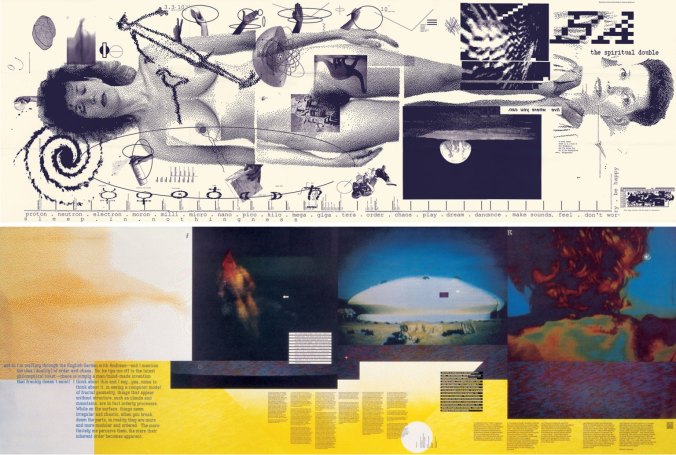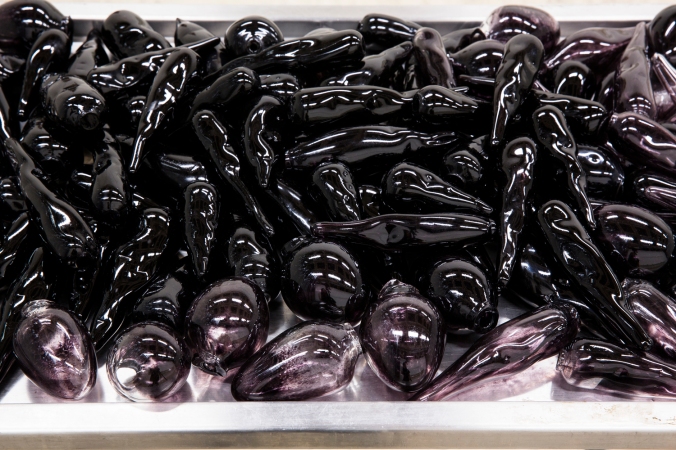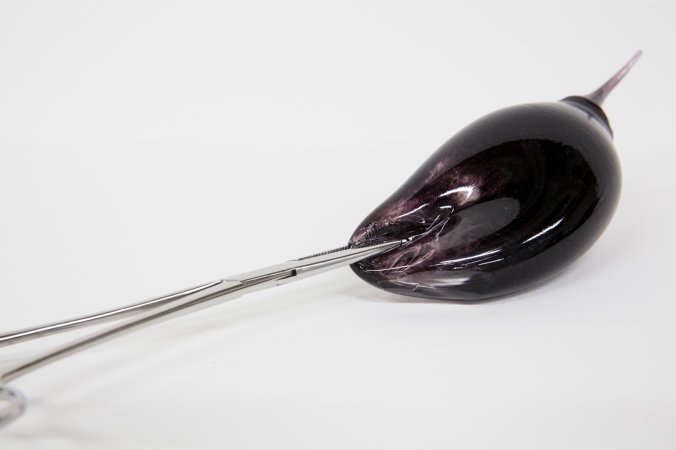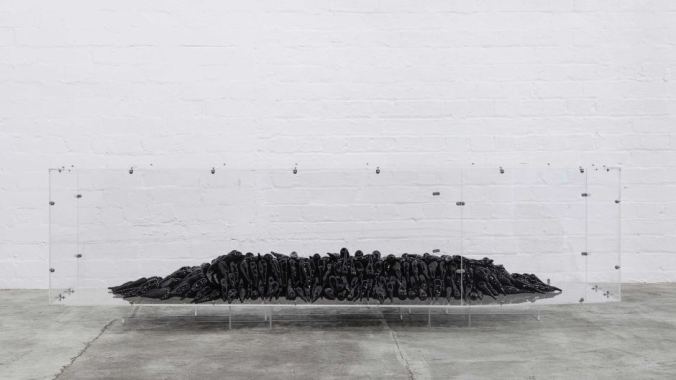Name: Ngoc Thuy Tien Nguyen
April Greiman, is an influential contemporary American designer, whose transmedia projects, innovative and new ideas and projects, have had a major impact worldwide over the last 30 years. According to Michelle, she commented that Greiman is “recognized as one of the first designers to embrace computer technology as a design tool, Greiman is also credited, along with early collaborator Jayme Odgers, with establishing the ‘New Wave’ design style in the US during the late 70s and early 80s”(1). As a result, she had a significant influence and shape the style of the digital age. Furthermore, her design style is recognized by using geometric shapes, different colours or layering type, shape and image to make it look moving. She continued to enhance her design by creating three-dimensional elements as well. In other words, Greiman adapted the new technology and made it acceptable for design. However, it was soon forgotten and seems to be less appreciable nowadays because of the overwhelmed designs using computer technology. After all, many people failed to remember that computer technology was not used to design and Greiman is the pioneer of understanding the potential of computer technology as well as digital communications design. This is because of the misunderstanding of its historical context. Most of contemporary designers fearful of digitalization and doubtful about integrating computer technique into design practice during the 1970s. They are afraid of the low pixel resolution in texts and images and other errors in digitaxation. But, understanding the aesthetic value of the technological accident, Greiman decided to utilize them as new visual language and a part of digital art.

Poster from issue No. 133: “Does It Make Sense?” of Design Quarterly magazine by April Greiman
An example of Greiman’s innovative design was presented in an issue of Design Quarterly named “Does it Make Sense?”. An image with a life-size, nude-self portrait, covered with typography and symbols became an instant industry-standard and required the design world to turn attention to the computer contributions. The magazine was folded out into the size of a proper poster of three by six feet. Floating around the figure, there were random images from various animals to weather symbols. A time-line ran along the length of the poster. Moreover, the marked dates illustrate for important dates such as the first man on the moon and the invention of electricity. Besides, another reason that make Greiman and her artworks be forgotten in 21st century is the way she explored sexuality and exposed the female body in the poster as well. Although her work has an important role in design world today, the image of naked body was described as “inappropriate” at that time. In the reading “The Gendered Object”, Krikham and Attfield discussed that Greiman’s work as the public attention was a taboo and generated the ‘unease’ amongst the community (2). Her work was considerable in the way it addressed the idea “prohibited” by indicating a bare body in a scientific matter via images and texts mentioned and explained above. The use of image of the naked woman is also a primary example of the role of gender and sexuality symbolized in the design. Briefly, this artwork not only convinced Greiman’s significance in highlight the value and meaning of human body, but also make people believe in the computer technology in creating designs.
To sum up, April Greiman has a great impact in communication design by stimulating designers to develop the computer as a design tool as well as be curious and finding a new way in their design approach. Also, she asks the viewer to reevaluate their presumptions of what graphic design is throughout her artwork.
(1) Madley, Michelle. “ACAD presents prestigious international designer: April Greiman” (PDF). Alberta College of Art + Design, Calgary, Alberta.
(2) Kirkham, Pat, and Judy Attfield. “Introduction.” InThe Gendered Object, edited by Pat Kirkham, 1-11. Manchester: Manchester University Press, 1996.


